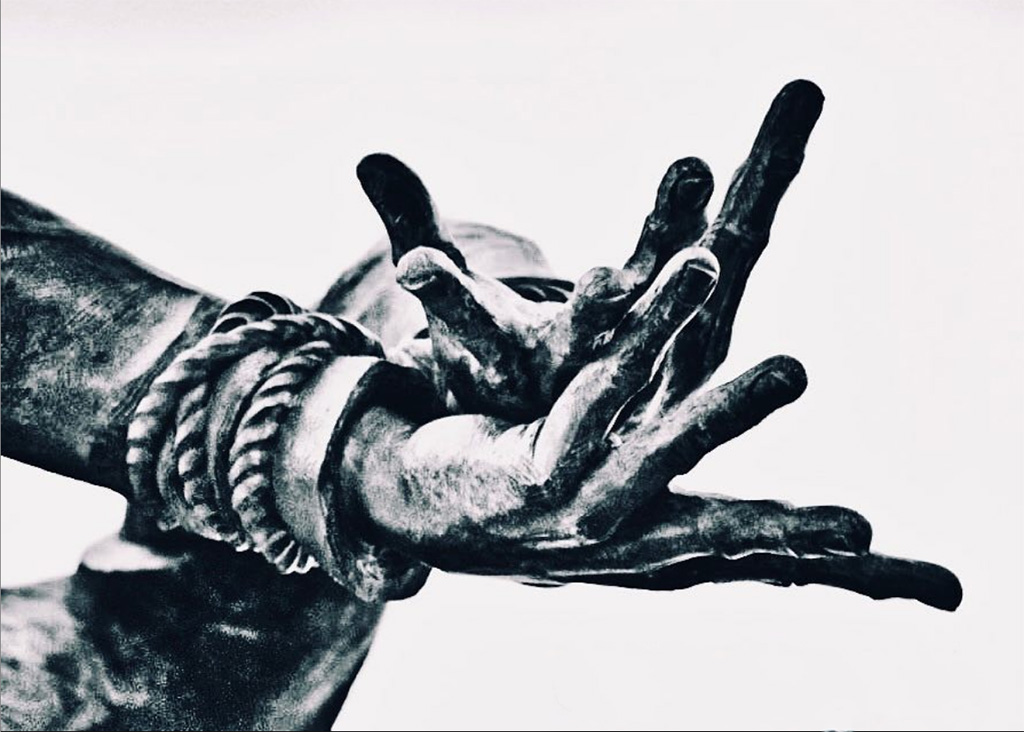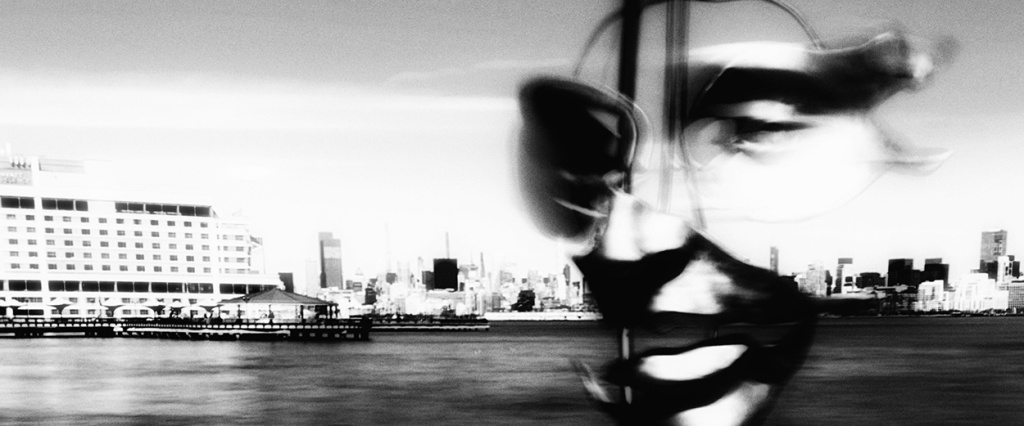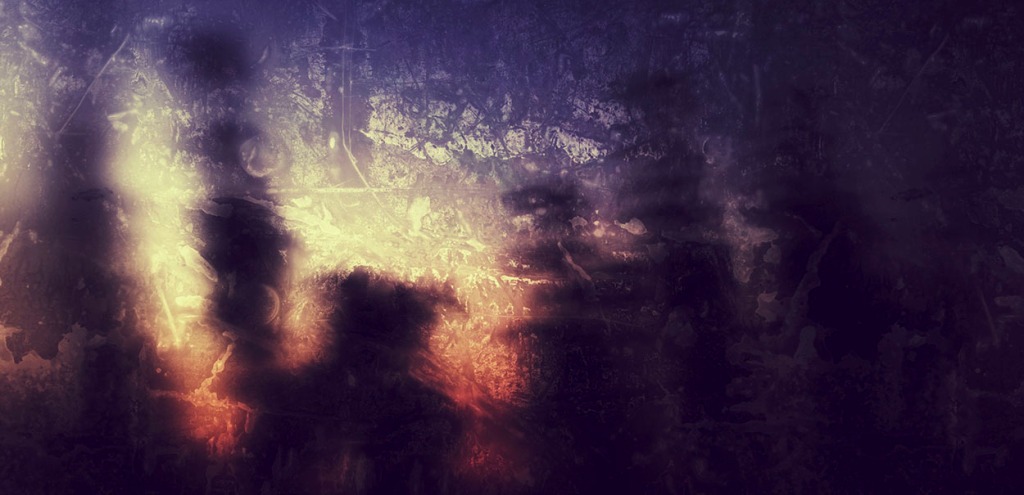How and why I got interested in photography, in particular, black-and-white photography and self-portraiture

You might already know that I’m a writer and photographer. While these days I do both writing and photography, writing came first. Then, I discovered photography. My interest in photography truly started when stumbling upon the work of award-winning, legally blind photographer Kurt Weston more than a decade ago.
The Last Light is the image that introduced me to Weston’s amazing work, in particular his black-and-white photography work. In The Last Light the photographer captured the portrait of “a dear friend. He had AIDS and hepatitis,” Weston told me when I then interviewed him for his biography Journeys Through Darkness. “He was seeing the light of day for the last time [because] two days after I took that picture he died,” Weston added, commenting on The Last Light. “He had been a big light for many people and helped the HIV/AIDS community for many long years.”
The Last Light photograph guided me to more of Weston’s work–his black-and-white portrait photography and, in particular, his Blind Vision series of black-and-white self-portraits. Looking back, Weston’s Blind Vision series jump-started my interest in black-and-white portraiture, in particular self-portraiture. Several of Weston’s Blind Vision self-portraits stand out, such as Losing the Light [featured at the VSA (Very Special Arts) 2006 show in Washington, DC] as well as Peering Through Darkness, and Journey Through Darkness, among others.

When I first interviewed Weston for A&U Magazine–America’s AIDS Magazine, back in 2005, the photographer commented on his Blind Vision series, explaining that it shows people the physical and emotional impact that visual loss can have on an individual. In order to represent his visual disturbance—which he describes as “pieces of cotton stuck in my eye, floating every time I move my eye”—he sprayed a glass with foaming glass cleaner and took a self-portrait sitting behind it. “You see my hand pushing away the foam, which is what I would love to do,” he explains, “I would like to be able to wipe away all that cotton that keeps floating in front of my eye and get a clear view of what I want to see out in the world.”
When it comes to black-and-white photography, Weston believes that it “offers his art a concentration of expression.” And he likes that intensity, in particular in his portraits. He uses regular film [at the time of the interview] and prints his images on silver gelatin paper so that they can last forever. He wants future generations to be able to look at this work and say, “This was happening at this time in history and this is the impact it left on people whose lives it touched, this pandemic.”
Among others, in 2012, Kurt Weston got to talk about his view of the world, live, on CNN, right after winning the CNN iReport Award for Personal Story.
This year, on December 1, on World AIDS Day 2018, I am humbled, and also honored to be on a panel discussion at the Orange County Center of Contemporary Art (OCCCA), following the opening reception of Kurt Weston‘s upcoming show, REMEMBER: An AIDS Memorial Retrospective . Hope to see you there.
Until then and as always, thanks for stopping by!





Leave a comment